(Upload on November 4 2025) [ 日本語 | English ]
Mount Usu / Sarobetsu post-mined peatland
From left: Crater basin in 1986 and 2006. Cottongrass / Daylily
HOME > Lecture catalog / Research summary > Glossary > Metabolism
Metabolism (代謝)all of the biochemical reactions by which complex molecules taken into an organism are broken down to produce energy and by which energy is used to build up new moleculesAll metabolic reactions fall into one of two general categories:
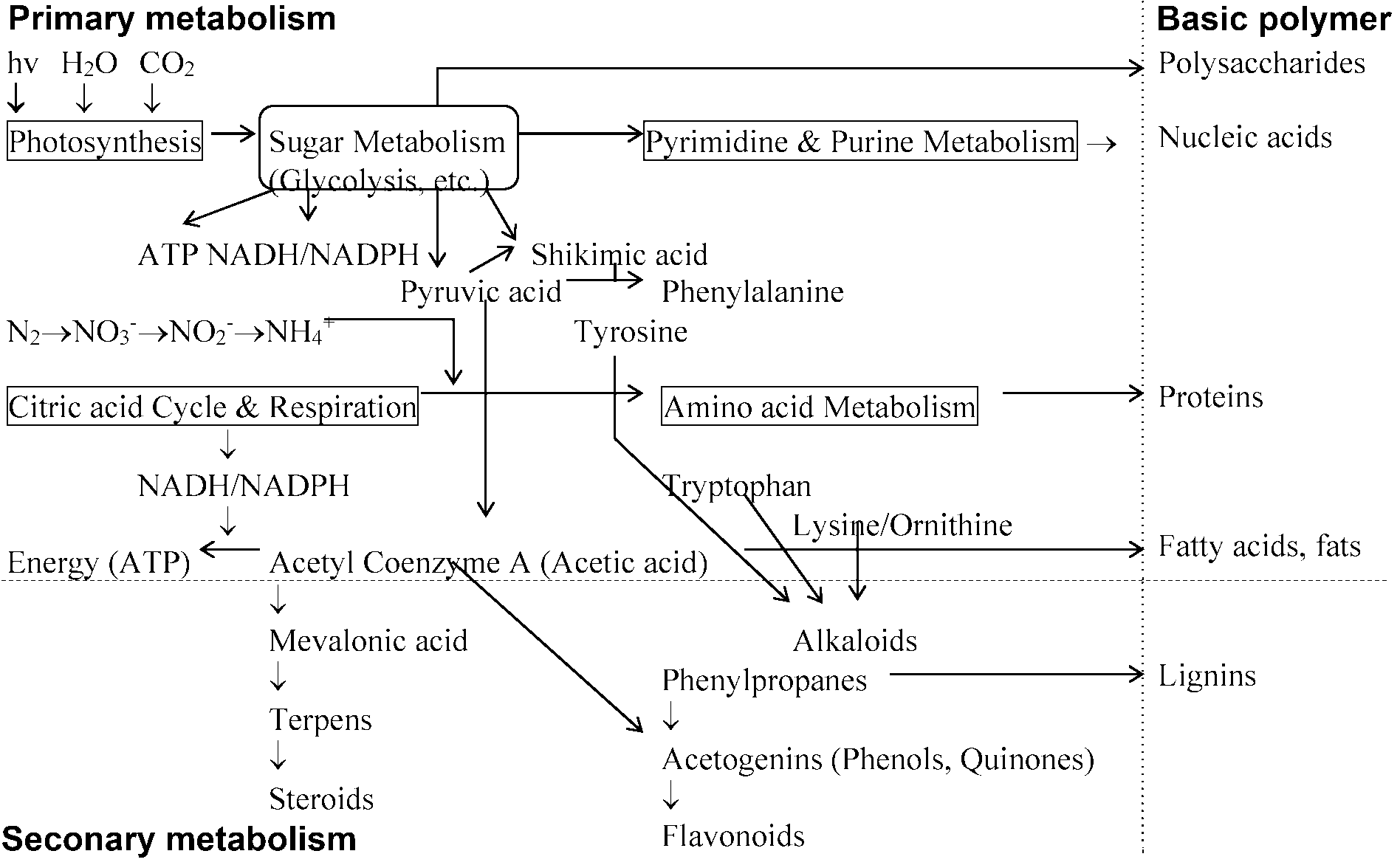 Fig. Primary metabolism and secondary metabolism |
[ photosynthesis | animal physiology ] Biosynthesis (生合成)≈ assimilation, anabolismmulti-step, enzyme-catalyzed process of which substrates are converted into more complex products in living organisms |
High energy compoundsHigh-energy phosphate compound
|
Table. high-energy phosphate compound (高エネルギーリン酸化合物) Compound ΔG0' Compound ΔG0' Phosphenol-pyruvate -14.8 ATP -7.3 1, 3-di-phospho-glycerate -11.8 Glucose-1-phosphate -5.0 Acetyl phosphate -10.1 Fructose-6-phosphate -3.8 Phospho-arginine -7.7 |
= glycolysis system + TCA cycle + electron transfer system
Research on respiratory chainConfirming the various pathwasy by using inhibitors, such as antimycin A, rotenone, amytal and piericidin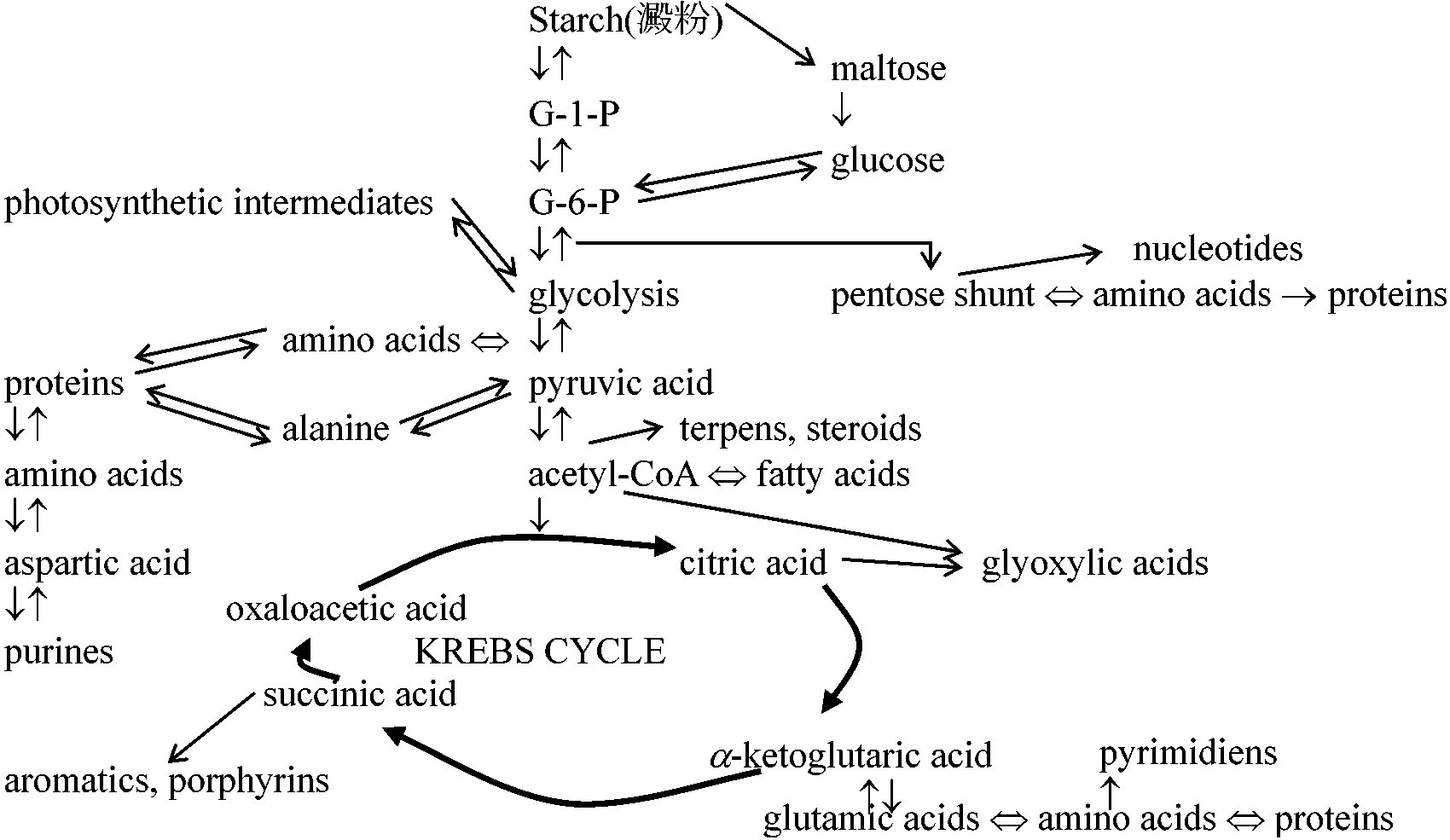
Glycolysis system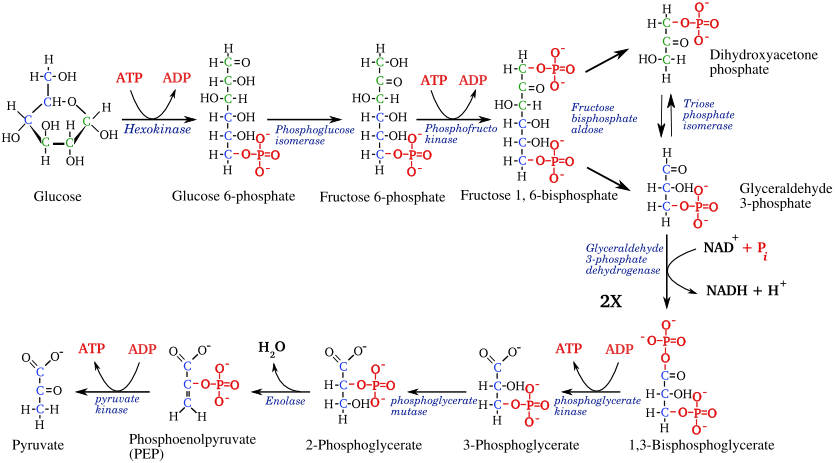
Fig. Glycolysis TCA cycle (tricarboxylic acid cycle)= Krebs cycle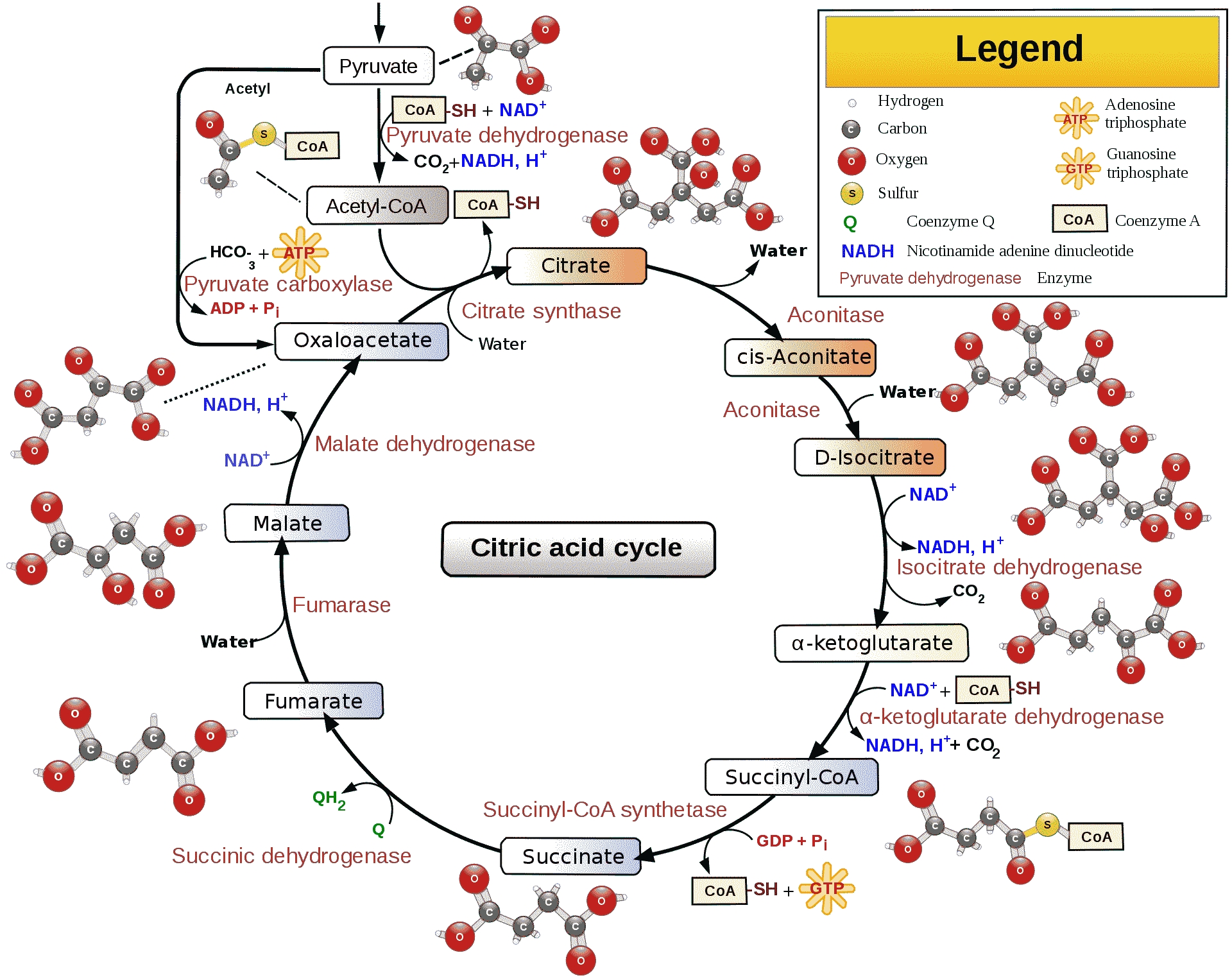
|
Glyoxylate cycle (グリオキシル酸回路)Anabolic pathway occurring in plants, bacteria, protists, and fungiThe conversion of acetyl-CoA to succinate for the synthesis of carbohydrates Electron transfer system (電子伝達系) Partial reaction (部分反応)= reversibility of phosphorylation electron transport
ATP malate ← OAA ← Fp1 ──┐ 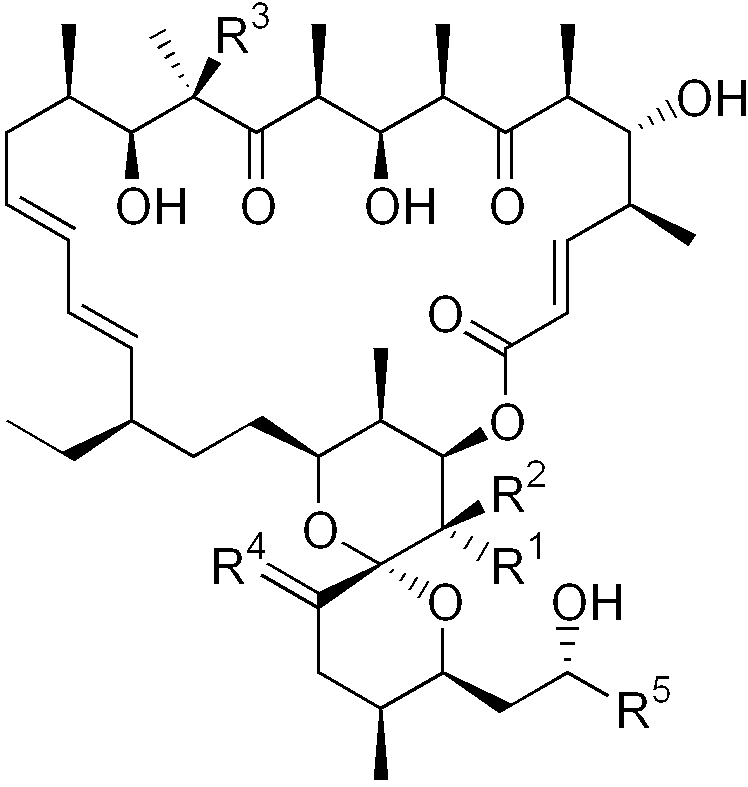
Oligomycin (オリゴマイシン)one of the antibioticsmacrolides created by Streptomyces that can be poisonous to other organisms an inhibitor of ATP synthase (ATP合生阻害剤) in oxidative phosphorylation (酸化的リン酸化) by blocking its proton channel (Fo subunit) Oligomycin A: C45H74O11
791.062 g/mol (mw)
R1
R2
R3
R4
R5 |
|
= specialized metabolism (classical definition) pathways and products of metabolism that are not absolutely required for the survival of the organism Ex. antibiotics and pigments PlantsOften used for defense
alkaloids Chlorogenic acid (クロロゲン酸)a natural compound found in many plants, especially coffee beansbelonging to polyphenol groups, formed by the esterification of caffeic acid and quinic acid Coumarin (or coumalin クマリン)C9H6O2Nicotine (ニコチン)C10H14N2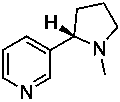
Lignin (リグニン)Shikimic acid pathway, SA (シキミ酸経路)A seven-step metabolic route used by plants, fungi and bacteria to synthesize essential aromatic amino acids, such as phenylalanine, tyrosine and tryptophan, from simple carbohydrate precursorsStarting materials
Phosphoenolpyruvate (PEP) from glycolysis Phytoncide (フィトンチッド)Antimicrobial allelochemic volatile organic compounds derived from plants1928 Tokin, Boris P (Russian): demonstrated by lab-experiments certain plants give off active substances that help to prevent them from rotting or being eaten by some insects and animals |
Application: forest bathing (shinrin-yoku) - specific in JapanAllelopathy (アレロパシー)1937 Molisch, Hans (1856-1937): proposed the term, allelopathya plant species produces one or more biochemicals influencing the behaviors, e.g., germination, growth, survival and reproduction, of the other plant species 1925 Massey,: tomato and alfalfa did not grow with Juglans
producing juglone = cis-dehydromatricaria ester = CH3-(C≡C)3-CH=CH-COOCH3 Allelochemicals: chemicals having the function of allelopathy (one of the secondary metabolites)1. plants ⇔ large mammals 2. plants ⇔ insects Ecdysone (エクジソン) 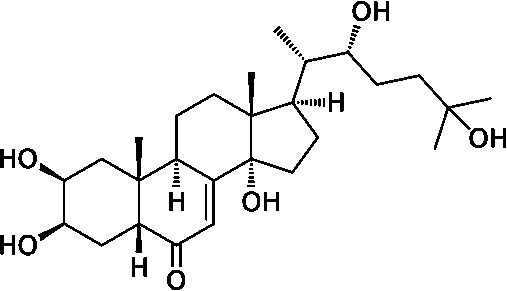 Juvenile hormone (幼若ホルモン) s 
I:__R1 = CH2CH3, R2 = CH2CH3 4. plants ⇔ microbes |
|
Def. any colored material found in plants absorb and reflect different wavelengths of light Four major pigments (四大色素)
Flower pigment (花色素)1. carotenoid2. flavonoid (フラボノイド)
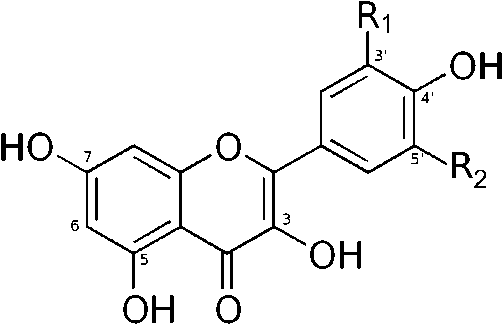 _ _
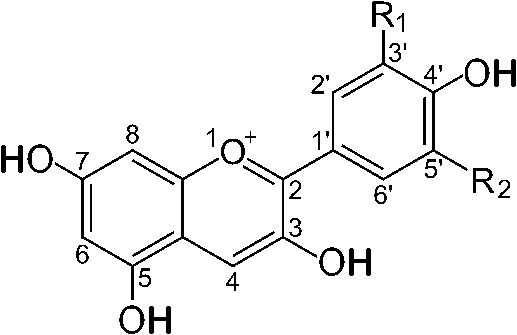 _ _
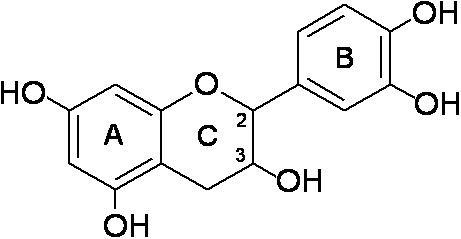 _______flavonol ↖________↑ anthocyanidin_________↗ catechin 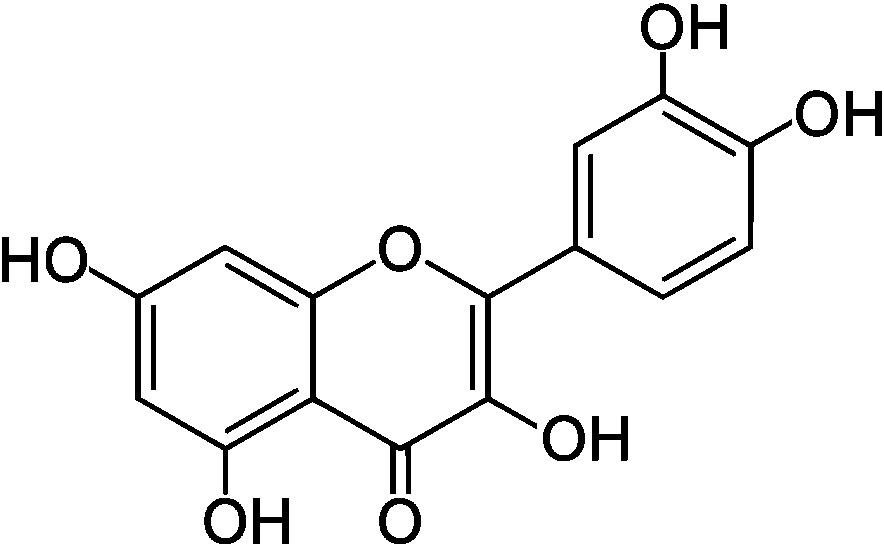 ← ←
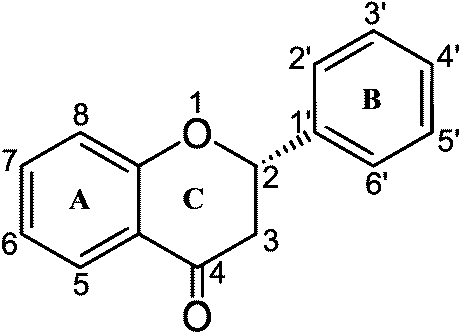 ↔ ↔
___(quercetin)____________(naringenin) ___flavone_____↙________↓ flavanone___alyl translation↙ chalcone 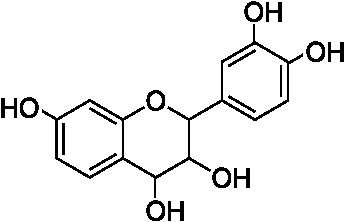 ___ ___
___flavanol (flavan-3-ol)_____isoflavone |
Function: tolerance to abiotic stress, signal to pollinators and seed dispersal agents Flavonoid pathway: specific to land plants developed during the period of land colonization around 550–470 MYA 3. betalein4. chlorophyll |